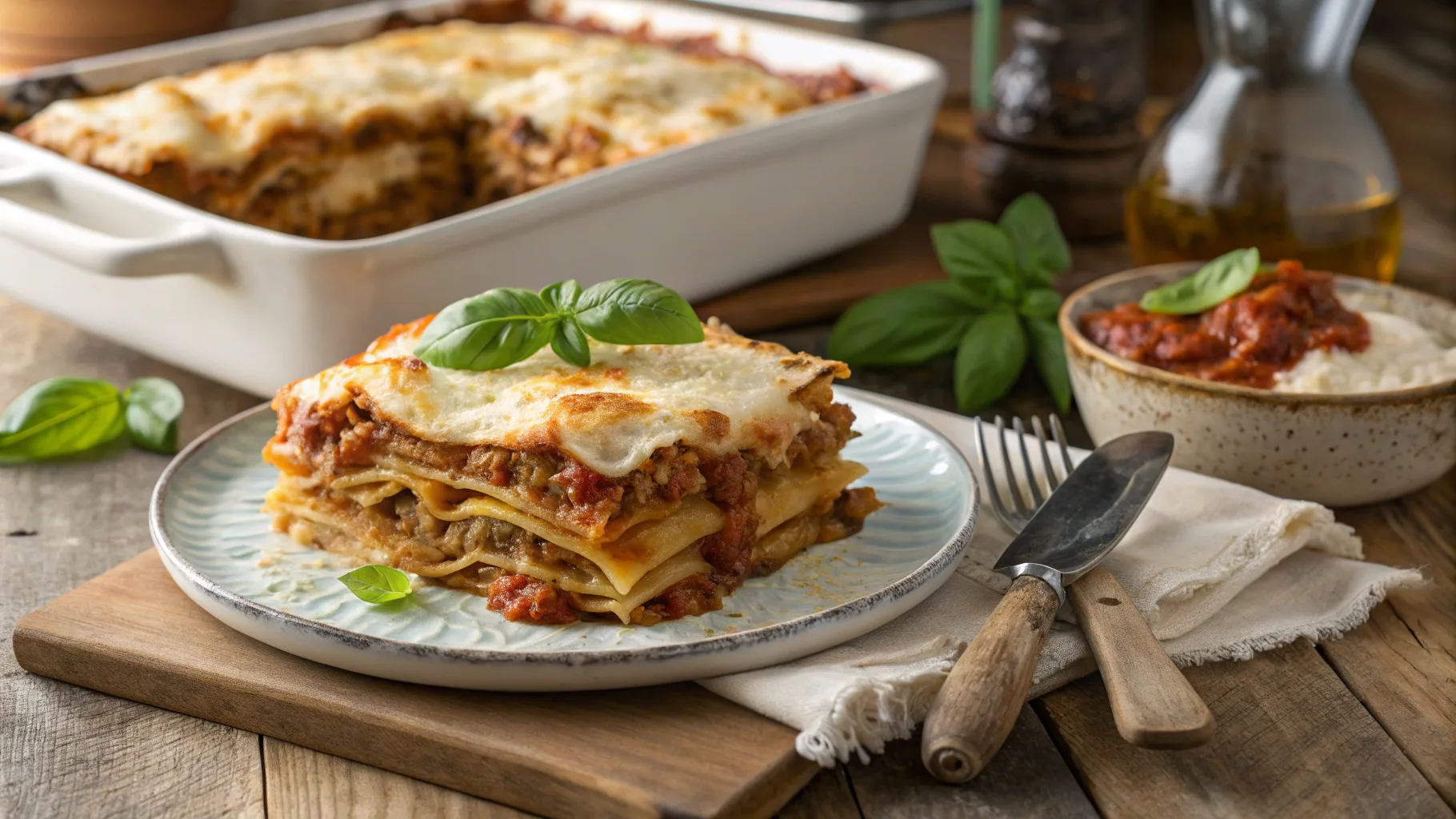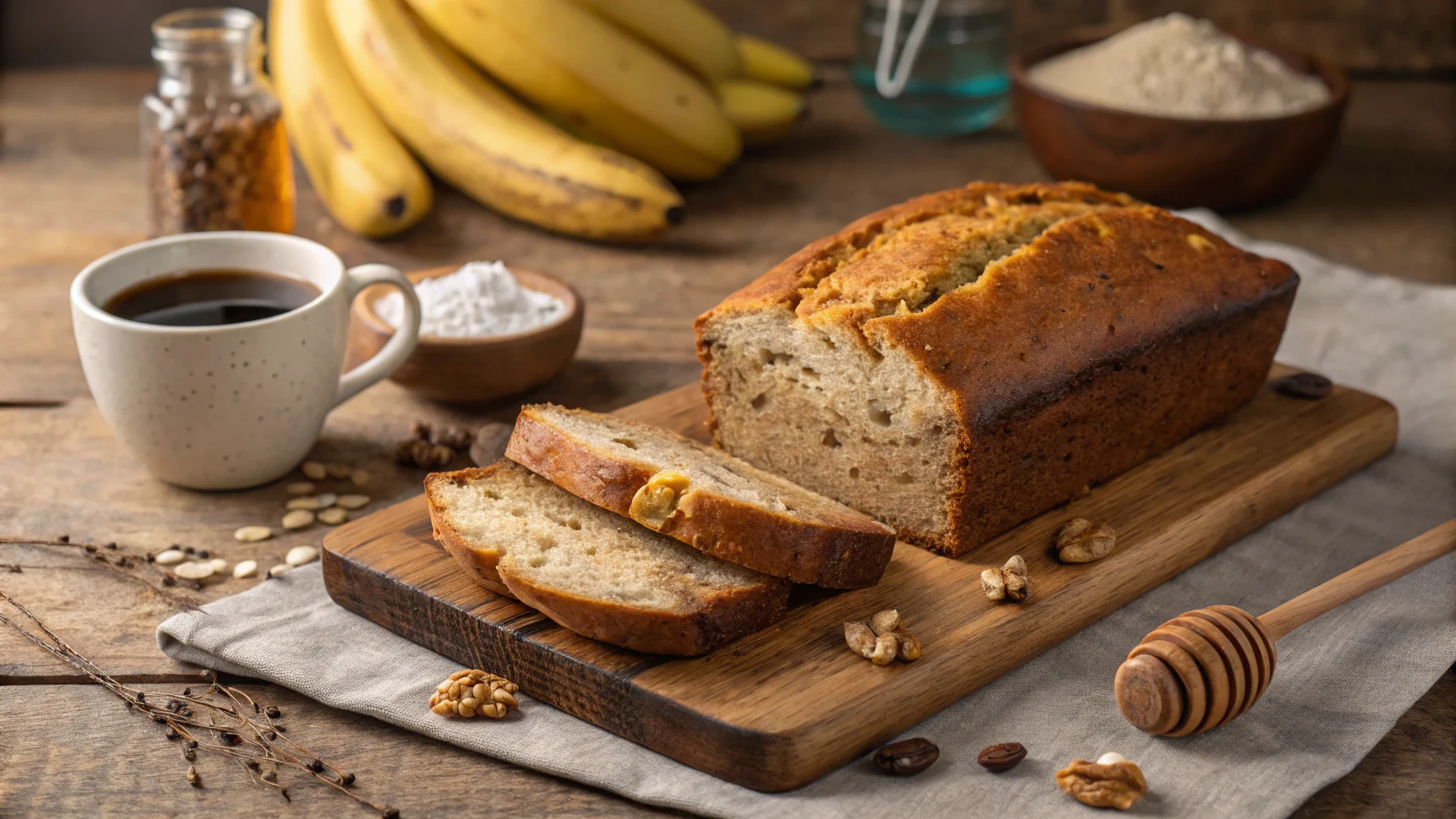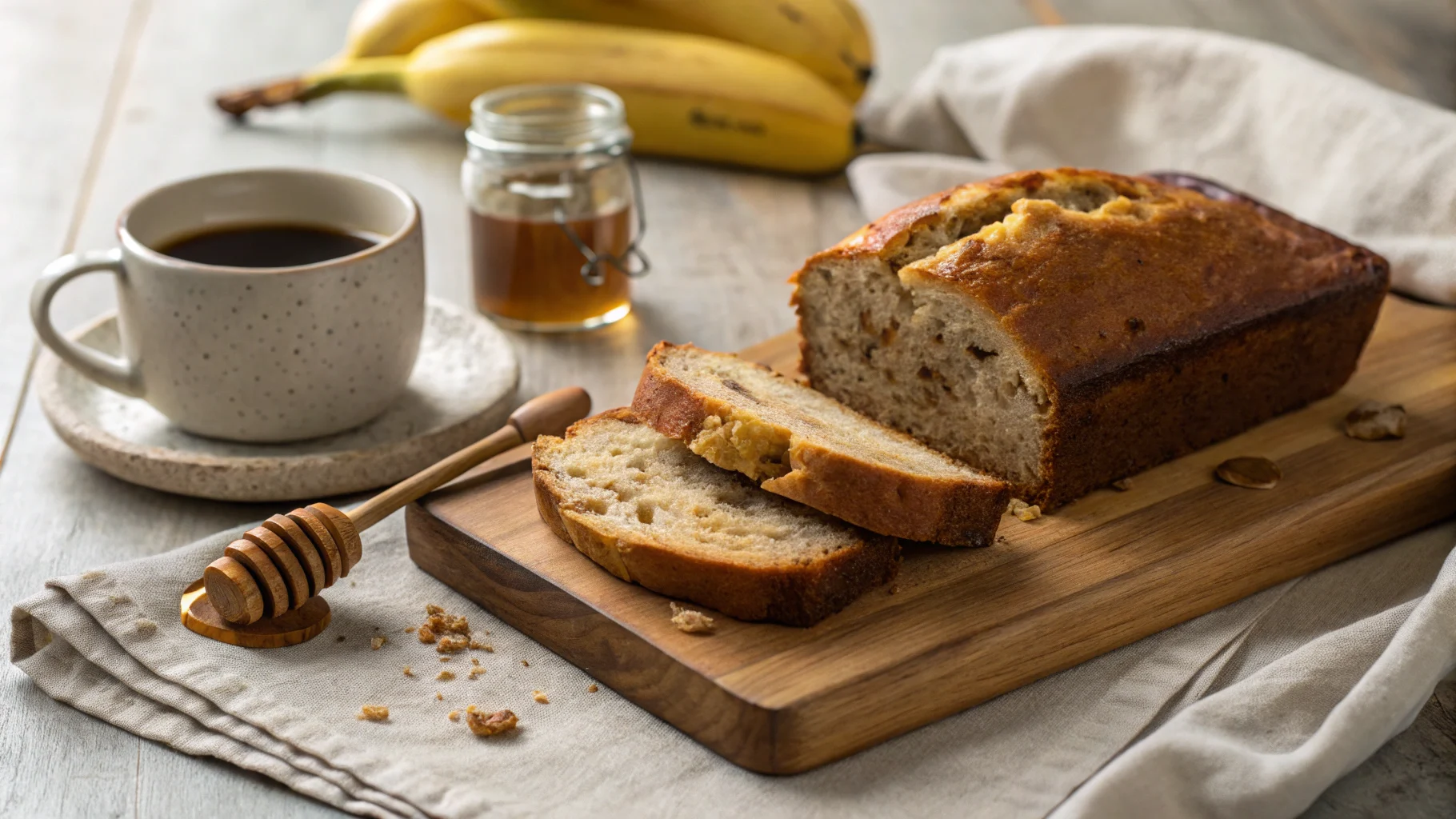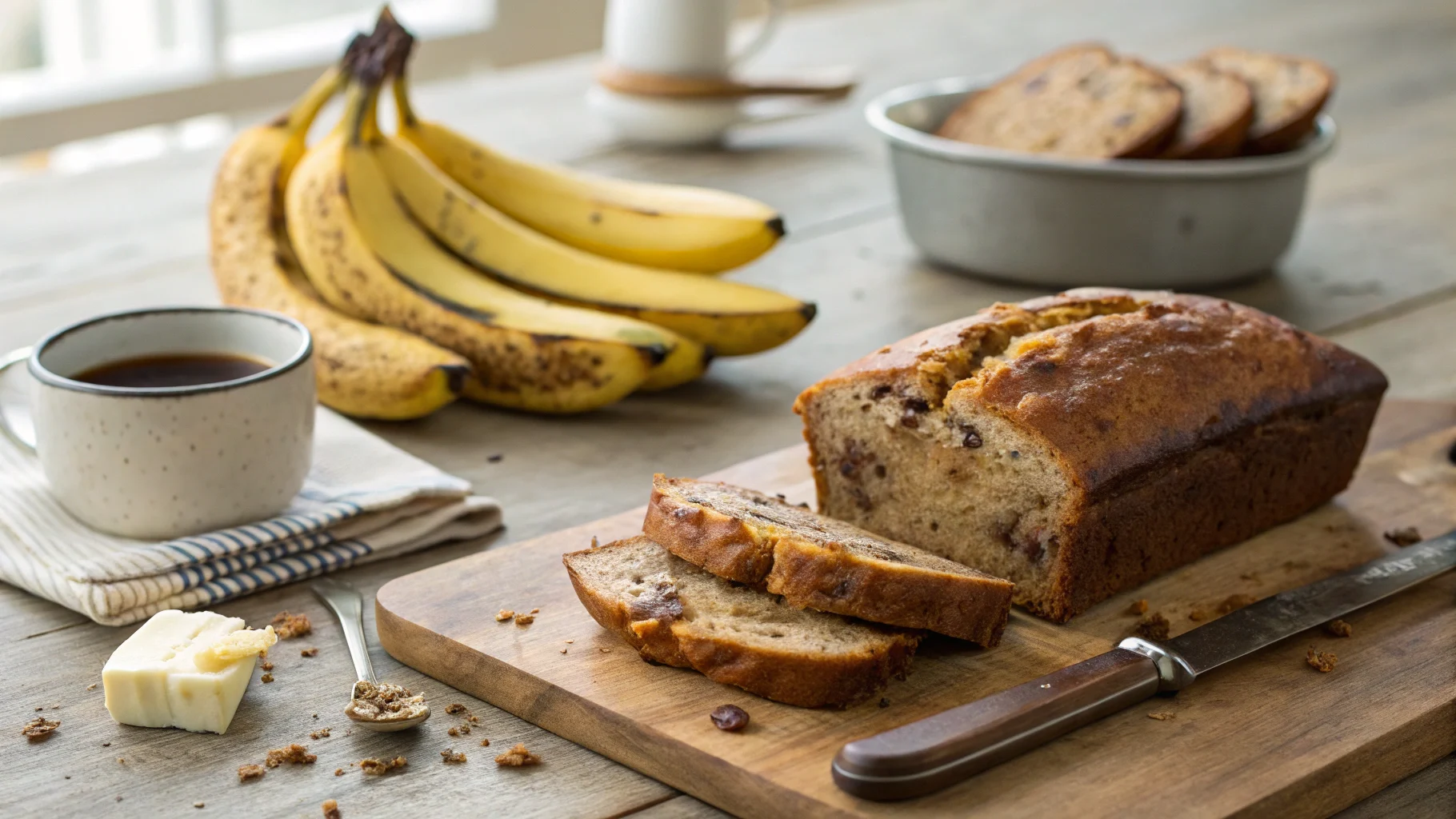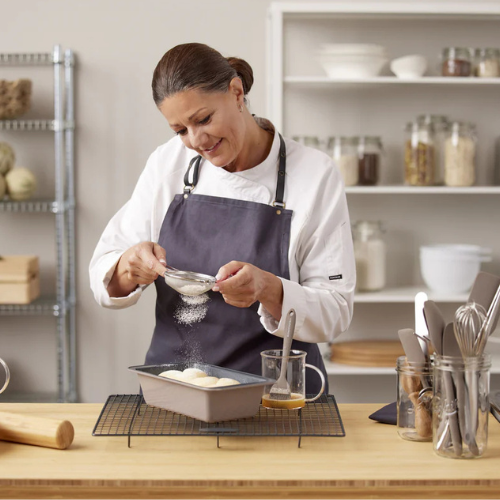Introduction
Lasagna is one of those dishes that brings people together. Whether it’s a cozy family dinner or a holiday feast, nothing beats the layers of rich pasta, savory meat sauce, and creamy cheese. The San Giorgio lasagna recipe has been a staple in American kitchens for decades, offering both tradition and taste in every bite.
San Giorgio is known for its high-quality pasta, making it a go-to brand for home cooks. Since lasagna is all about layering the right ingredients, using San Giorgio® Lasagna noodles ensures a perfect texture. But what makes lasagna so beloved? It’s the combination of flavors, the comforting warmth, and the fact that it’s surprisingly easy to make.
In this guide, we’ll explore the history of San Giorgio pasta, the rise of lasagna in American cuisine, and a step-by-step breakdown of the San Giorgio lasagna recipe so you can make a delicious, homemade dish with confidence.
A Brief History of San Giorgio Pasta
San Giorgio has been a trusted name in pasta for over a century. Founded in 1914, the brand quickly became popular among Italian-American families who wanted quality ingredients for their traditional dishes. Over the years, it expanded its product line, offering everything from classic spaghetti to specialty pasta like lasagna noodles.
One reason San Giorgio lasagna recipe remains popular is the brand’s commitment to quality. Unlike generic pasta, San Giorgio noodles hold up well during baking, ensuring that your lasagna stays firm and structured rather than becoming soggy.
In addition to its durability, San Giorgio pasta is easy to cook. Whether you’re making a classic layered lasagna or experimenting with a no-boil method, these noodles provide consistent results. With a strong heritage and a reputation for excellence, it’s no surprise that many families still choose San Giorgio lasagna recipe for their homemade dishes.
The Popularity of Lasagna in American Cuisine
Lasagna is more than just a meal; it’s an experience. Over the years, it has become a go-to dish for gatherings, special occasions, and Sunday dinners. The appeal lies in its layers—each bite offers a perfect balance of pasta, cheese, and sauce.
One of the reasons the San Giorgio lasagna recipe is so widely loved is its adaptability. While the traditional version includes ground beef, ricotta cheese, and marinara sauce, many variations exist. Some people swap out beef for Italian sausage, while others make vegetarian versions with spinach and mushrooms.
Another reason lasagna remains a household favorite is its ability to be made ahead of time. Since it reheats well, it’s an excellent choice for meal prep. Whether you’re feeding a large family or preparing meals for the week, lasagna is both practical and delicious.
Classic San Giorgio Lasagna Recipe
Traditional Ingredients and Their Roles
The Essential Components
A great San Giorgio lasagna recipe starts with the right ingredients. Here’s what you’ll need:
- San Giorgio® Lasagna noodles – These provide the perfect base for your layers.
- Ground beef or Italian sausage – Adds a rich, meaty flavor to the dish.
- Ricotta cheese – Gives the lasagna its signature creamy texture.
- Mozzarella cheese – Melts beautifully for a gooey, cheesy top layer.
- Parmesan cheese – Adds a sharp, nutty flavor.
- Marinara sauce – A high-quality tomato sauce enhances the overall taste.
- Eggs – Help bind the cheese mixture together.
- Seasonings – A blend of garlic, basil, oregano, and salt brings everything together.
Using quality ingredients makes a noticeable difference. San Giorgio noodles ensure the structure of your lasagna remains intact, while a good marinara sauce enhances the dish’s overall flavor.
Step-by-Step Cooking Instructions
Preparing the Meat Sauce
A flavorful meat sauce is the heart of a great San Giorgio lasagna recipe. Follow these steps:
- Heat a large skillet over medium heat.
- Add ground beef (or Italian sausage) and cook until browned. Drain excess grease.
- Stir in marinara sauce and let it simmer for 10-15 minutes.
- Season with garlic, basil, oregano, and salt for extra flavor.
A good meat sauce should be thick enough to layer easily. If it’s too runny, the lasagna may become watery during baking.
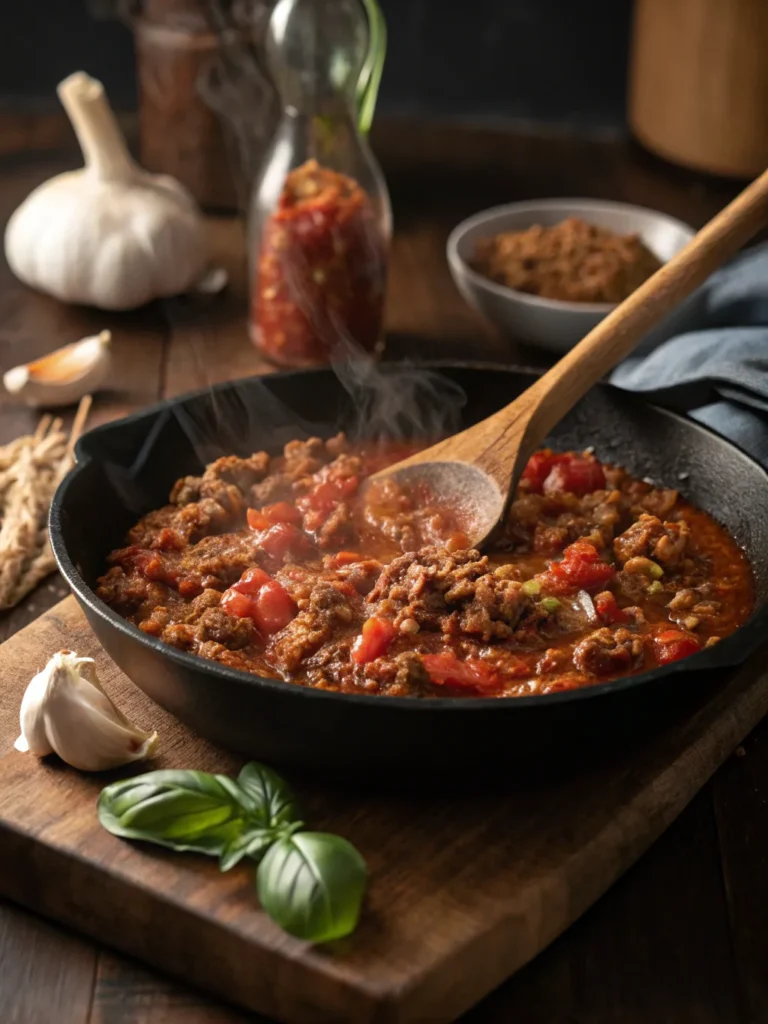
Crafting the Cheese Mixture
The cheese mixture adds creaminess and binds the layers together. Here’s how to make it:
- In a mixing bowl, combine ricotta cheese, mozzarella, Parmesan, and eggs.
- Add a pinch of salt, black pepper, and dried basil.
- Stir until well blended.
For a richer taste, some people add a bit of heavy cream or sour cream to the mixture.
Assembling the Lasagna Layers
Once all the components are ready, it’s time to assemble the lasagna:
- Start with a thin layer of marinara sauce at the bottom of a baking dish.
- Add a layer of San Giorgio® Lasagna noodles (uncooked if using oven-ready).
- Spread a layer of meat sauce over the noodles.
- Add a layer of cheese mixture, spreading it evenly.
- Repeat the layering process until all ingredients are used, finishing with a layer of cheese on top.
Layering properly ensures that every bite is packed with flavor. The key is to distribute ingredients evenly, so no layer overpowers another.
Baking to Perfection
The final step in the San Giorgio lasagna recipe is baking:
- Preheat your oven to 375°F (190°C).
- Cover the dish with aluminum foil to prevent excessive browning.
- Bake for 45 minutes, then remove the foil.
- Continue baking for 15 more minutes, until the cheese is golden and bubbly.
- Let the lasagna rest for at least 10 minutes before slicing.
Allowing the lasagna to rest ensures that the layers hold together when cut. If you slice too soon, the layers may slide apart.
Understanding Oven-Ready Lasagna Noodles
Lasagna is a classic dish, but traditional recipes can be time-consuming. One of the biggest challenges is pre-cooking the lasagna noodles before layering. This extra step adds time and effort, making lasagna less convenient for busy home cooks. Fortunately, oven-ready noodles, also known as no-boil noodles, simplify the process by eliminating the need for pre-cooking.
Many brands offer no-boil lasagna noodles, but San Giorgio lasagna recipe stands out because it provides a consistent texture and holds up well during baking. Whether you’re making a classic meat lasagna or a vegetarian version, using oven-ready noodles can save time while still delivering delicious results.
What Are No-Boil Noodles?
Traditional lasagna noodles require boiling before layering, which can be tricky. Overcooking leads to mushy noodles, while undercooking makes them tough. No-boil noodles, on the other hand, are specially designed to soften during baking, absorbing moisture from the sauce and other ingredients.
Benefits of No-Boil Noodles:
- Convenience – No need to boil, drain, or handle hot noodles.
- Even Cooking – They absorb sauce as they bake, preventing overcooking.
- Less Mess – Eliminates the hassle of boiling water and draining pasta.
- Better Texture – They stay firm and structured without becoming too soft.
No-boil noodles are thinner than traditional ones, which helps them cook evenly. Since they absorb liquid, adjusting the recipe slightly ensures perfect results. When using a San Giorgio lasagna recipe, it’s important to make minor modifications to maintain the right texture and consistency.
San Giorgio’s No-Boil Lasagna Recipe
Ingredient Adjustments
Since oven-ready noodles absorb liquid during baking, making slight changes to the recipe ensures they cook properly. Here are a few key adjustments when using no-boil noodles in a San Giorgio lasagna recipe:
- Increase the sauce – Add an extra ½ to 1 cup of marinara sauce or water to keep the noodles moist.
- Use a thinner sauce – Thick sauces may not provide enough moisture, so consider diluting them slightly.
- Cover while baking – This helps trap steam, which is essential for softening the noodles.
- Avoid overstuffing layers – Too many ingredients can prevent even cooking.
Because no-boil noodles cook by absorbing liquid, ensuring the right balance of sauce, cheese, and meat is essential. Adjusting these elements ensures that the noodles reach the perfect texture without being dry or undercooked.
Layering Techniques for No-Boil Noodles
Proper layering is essential when using San Giorgio lasagna recipe with oven-ready noodles. Unlike traditional noodles, these require direct contact with liquid ingredients to soften properly.
Best Practices for Layering No-Boil Lasagna:
- Spread a thin layer of sauce on the bottom of the baking dish. This prevents sticking and ensures the bottom layer of noodles cooks evenly.
- Place a layer of San Giorgio oven-ready noodles over the sauce. They should be slightly spaced apart, as they will expand during cooking.
- Add a generous amount of sauce over the noodles, ensuring every piece is covered. Dry spots can lead to unevenly cooked noodles.
- Layer cheese mixture and meat sauce before adding the next layer of noodles.
- Repeat the process until all ingredients are used, making sure the top layer has plenty of sauce and cheese.
One common mistake is not using enough liquid. Since no-boil noodles rely on moisture from the sauce, making sure every layer has enough is crucial. Proper layering techniques help achieve an evenly cooked, flavorful lasagna with a perfect texture.
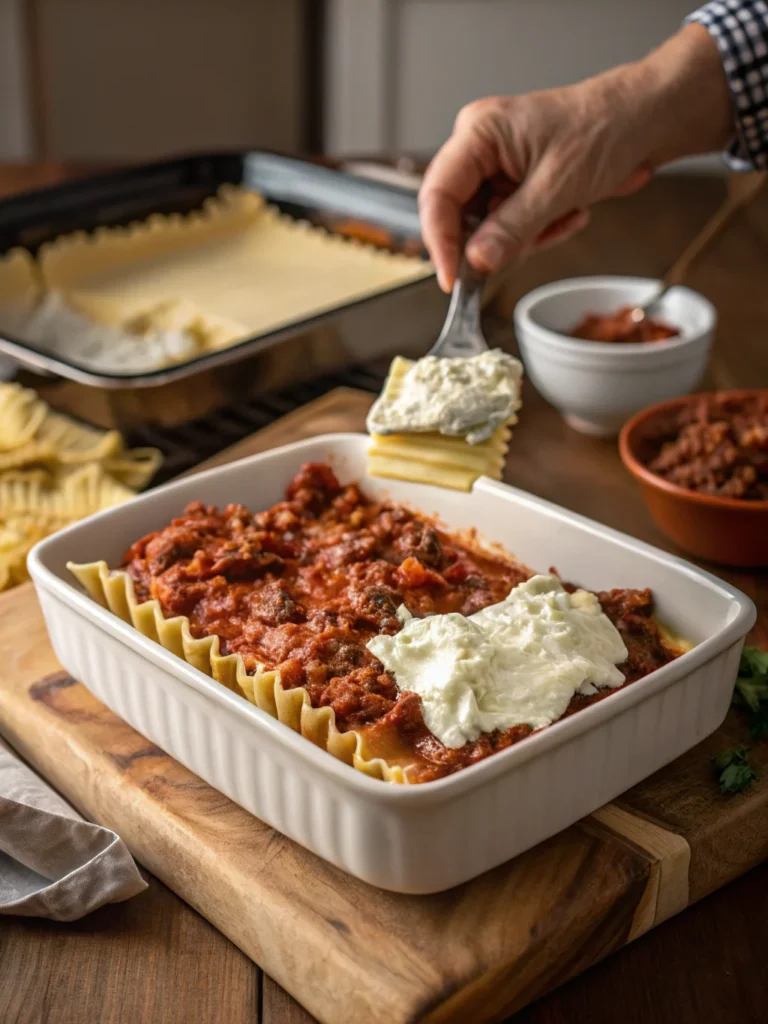
Baking Tips
Baking San Giorgio lasagna recipe with no-boil noodles requires a slightly different approach than traditional lasagna. These tips ensure your dish comes out perfectly cooked every time:
- Cover with foil – This traps steam, helping the noodles absorb moisture evenly. Remove the foil in the last 10-15 minutes to brown the top.
- Bake at 375°F (190°C) for 50-60 minutes – A slightly longer baking time allows the noodles to fully soften.
- Let it rest before slicing – Allowing the lasagna to sit for 10-15 minutes helps the layers set, preventing a messy cut.
- Check for doneness – If the noodles are still firm after baking, add 5-10 more minutes with the foil on.
Proper baking techniques make a big difference when using oven-ready noodles. If the lasagna looks too dry before baking, adding a little extra sauce or covering it tightly with foil can prevent issues. Following these steps guarantees a perfectly cooked San Giorgio lasagna recipe with a rich, satisfying texture.
Incorporating Different Meats in San Giorgio Lasagna Recipe
One of the best things about lasagna is how versatile it is. While traditional versions typically use ground beef, there are plenty of ways to experiment with different meats to enhance the dish. Whether you’re looking for a richer taste, a leaner option, or a completely meat-free version, the San Giorgio lasagna recipe can be adapted to suit your preferences.
From mixing meats for added depth to creating plant-based alternatives, every variation brings something unique to the table. The key to a great lasagna is balancing flavors while maintaining the dish’s signature layers.
Sausage and Beef Combination for a Rich San Giorgio Lasagna Recipe
A mix of Italian sausage and ground beef creates a more flavorful lasagna. While ground beef adds a hearty base, Italian sausage introduces a slightly spicy, seasoned taste that enhances the dish.
Why Combine Sausage and Beef?
- Richer flavor – Sausage adds depth that ground beef alone cannot achieve.
- Better texture – The fat content in sausage keeps the meat mixture tender.
- Balanced seasoning – Italian sausage contains built-in spices, reducing the need for extra seasoning.
How to Use Both Meats in a San Giorgio Lasagna Recipe
- Brown the ground beef and sausage together in a skillet over medium heat.
- Drain excess grease to prevent a greasy lasagna.
- Add marinara sauce and simmer for 10-15 minutes, allowing the flavors to blend.
- Layer as usual, ensuring each layer has a generous amount of the meat mixture.
Using a sausage and beef combination creates a more dynamic and well-rounded taste. If you prefer a spicier version, opt for hot Italian sausage. For a milder flavor, sweet Italian sausage is a great alternative.
Vegetarian and Vegan Options
For those who prefer a meat-free lasagna, there are plenty of delicious substitutes that maintain the texture and richness of a traditional dish. The San Giorgio lasagna recipe can easily be adjusted to include plant-based proteins and dairy-free cheeses, creating a satisfying meal without any meat or animal products.
Plant-Based Protein Alternatives
Vegetarians and vegans can still enjoy a hearty lasagna by using plant-based meat substitutes. Many brands offer meatless crumbles, which mimic the texture of ground beef. Other great alternatives include lentils, mushrooms, and tofu, all of which provide a satisfying bite.
Best Plant-Based Protein Options for a San Giorgio Lasagna Recipe
- Meatless crumbles – Pre-seasoned and designed to mimic real meat.
- Lentils – A nutritious, fiber-rich option that absorbs flavors well.
- Mushrooms – Provide a deep umami taste similar to beef.
- Tofu – Soaks up seasonings and blends well with sauce.
How to Cook a Plant-Based Meat Sauce
- Sauté onions and garlic in olive oil.
- Add plant-based crumbles or chopped mushrooms and cook until browned.
- Stir in marinara sauce and let simmer for 10 minutes.
- Layer as usual, replacing the meat mixture with this plant-based alternative.
By using these substitutes, you can create a San Giorgio lasagna recipe that is both meat-free and packed with flavor.
Dairy-Free Cheese Choices
For a vegan lasagna, replacing cheese is just as important as substituting the meat. Fortunately, there are plenty of high-quality dairy-free cheese alternatives available that melt well and provide a rich, creamy texture.
Best Dairy-Free Cheese Options for a San Giorgio Lasagna Recipe
- Cashew-based ricotta – Made by blending cashews, lemon juice, and nutritional yeast for a creamy texture.
- Almond or soy mozzarella – Melts like traditional cheese while maintaining a mild taste.
- Nutritional yeast – Adds a cheesy flavor without dairy.
How to Make a Vegan Cheese Mixture
- Blend cashews, lemon juice, garlic, and nutritional yeast until smooth.
- Add almond or soy mozzarella for stretchiness.
- Layer the dairy-free cheese mixture as you would with traditional cheese.
Using vegan cheese ensures that the San Giorgio lasagna recipe stays true to its creamy, rich texture while being completely dairy-free.
Unique Ingredient Additions
Lasagna is all about layers, and adding extra ingredients can bring even more depth to the dish. Beyond meat and cheese, vegetables can enhance flavor and texture while adding nutritional benefits.
Spinach and Mushroom Layers
Adding spinach and mushrooms to a San Giorgio lasagna recipe not only boosts nutrition but also enhances flavor. Both ingredients blend well with the meat sauce or plant-based alternatives, making them a versatile addition.
Why Use Spinach and Mushrooms?
- Nutrient-rich – Spinach adds iron and fiber, while mushrooms provide B vitamins.
- Boosts flavor – Mushrooms bring a deep, savory taste similar to meat.
- Balances texture – Spinach adds a slight crunch, while mushrooms provide chewiness.
How to Add Spinach and Mushrooms to a Lasagna
- Sauté mushrooms in olive oil until they release their juices.
- Add fresh spinach and cook until wilted.
- Mix with the meat or plant-based sauce to incorporate the flavors.
- Layer as usual, spreading an even amount across each layer.
Spinach and mushrooms work well in both traditional and vegetarian lasagna recipes. They enhance the overall taste while providing extra nutrients, making the dish even more satisfying.
By incorporating these ingredients, you can customize the San Giorgio lasagna recipe to suit your tastes while maintaining the dish’s signature richness. Whether you opt for a meat-heavy version, a vegetarian twist, or a completely vegan dish, these variations ensure that your lasagna is packed with flavor and texture.
Expert Tips for Perfect Lasagna
Lasagna is a dish that brings people together, whether it’s for a family dinner, a holiday gathering, or meal prep for the week ahead. However, making a perfect lasagna requires more than just following a recipe. From prepping in advance to serving it with the right sides, small details make a big difference.
The San Giorgio lasagna recipe is already a great foundation, but with a few expert tips, you can elevate your dish to the next level. Whether you’re making it ahead of time, choosing the best cheese, or preventing excess moisture, these strategies ensure a delicious result every time.
Make-Ahead and Freezing Advice
One of the best things about lasagna is that it can be made in advance and stored for later. Whether you’re preparing for a busy weeknight or freezing leftovers, following the right techniques helps maintain flavor and texture.
How to Prepare Lasagna in Advance
- Assemble the lasagna as usual, but do not bake it.
- Cover tightly with plastic wrap and aluminum foil to prevent freezer burn.
- Refrigerate for up to 24 hours if planning to bake the next day.
Freezing Instructions for a San Giorgio Lasagna Recipe
- Freeze unbaked lasagna – This keeps the noodles from becoming too soft when reheated.
- Use a disposable aluminum pan – It prevents your regular baking dish from being occupied for long.
- Label with the date – Frozen lasagna is best eaten within 3 months.
- Bake straight from frozen – Increase baking time by 30-40 minutes, keeping it covered for most of the time.
Serving Suggestions for a Perfect San Giorgio Lasagna Recipe
Lasagna is a complete meal on its own, but pairing it with the right sides and beverages enhances the dining experience. Since the San Giorgio lasagna recipe is rich and hearty, lighter side dishes and well-paired wines help balance the meal.
Cheesy Garlic Chicken Wraps: A Great Side for San Giorgio Lasagna Recipe
- Garlic bread – The crispy texture complements the soft layers of lasagna.
- Mixed green salad – A light salad with vinaigrette dressing cuts through the richness.
- Roasted vegetables – Zucchini, bell peppers, and asparagus add a fresh contrast.
Wine Pairings
- Red wines – Chianti, Cabernet Sauvignon, and Merlot pair well with tomato-based lasagna.
- White wines – Pinot Grigio and Chardonnay complement lighter versions with white sauce.
By pairing your San Giorgio lasagna recipe with the right sides and drinks, you create a well-rounded meal that enhances every bite.
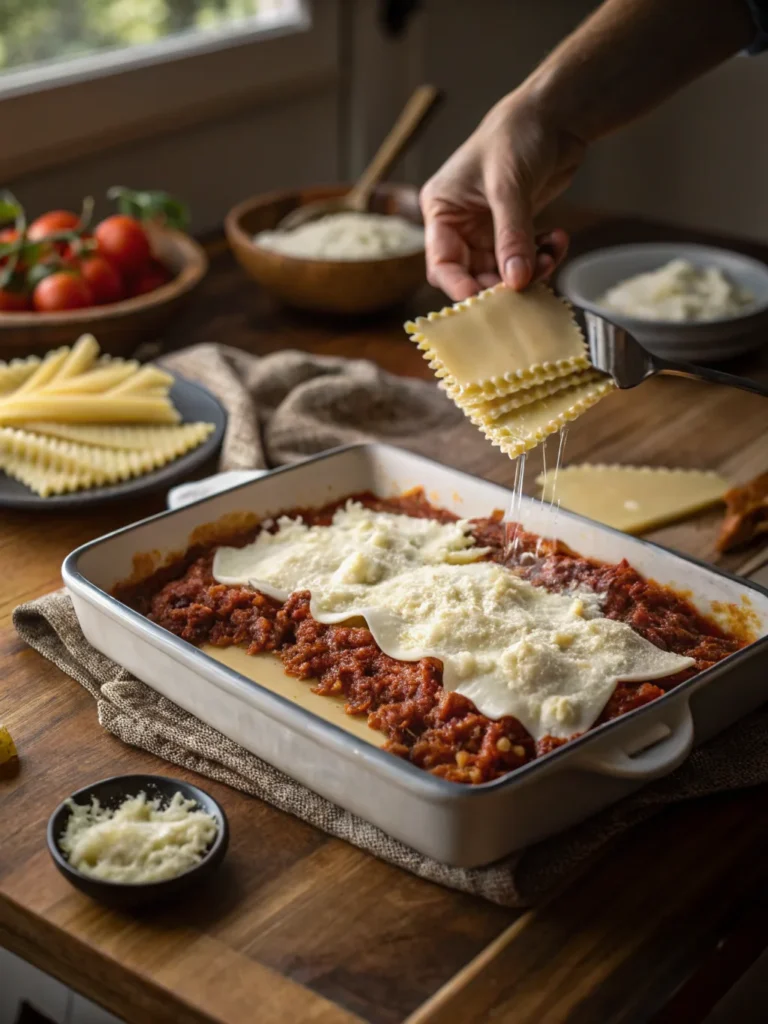
Frequently Asked Questions
Lasagna may seem simple, but common cooking challenges can affect the final result. Here are answers to frequently asked questions about making the best San Giorgio lasagna recipe.
Can I Use Cottage Cheese Instead of Ricotta in a San Giorgio Lasagna Recipe?
Yes, cottage cheese can replace ricotta in lasagna. It offers a similar creamy texture but has a slightly tangier taste.
How to Use Cottage Cheese in a San Giorgio Lasagna Recipe
- Blend cottage cheese to create a smoother consistency.
- Drain excess liquid to avoid making the lasagna watery.
- Mix with Parmesan and mozzarella to enhance the flavor.
While ricotta cheese is the traditional choice, cottage cheese provides a lighter alternative that some people prefer.
How Do I Prevent Watery Lasagna?
A watery lasagna can ruin the texture and structure of the dish. The key is to control moisture levels in the ingredients.
Ways to Avoid Watery Lasagna
- Drain excess fat from the meat sauce before layering.
- Use thick marinara sauce to prevent too much liquid.
- Avoid overloading with fresh vegetables unless they are sautéed first.
- Let the lasagna rest for 10-15 minutes after baking to allow liquids to set.
Following these steps ensures that the San Giorgio lasagna recipe stays firm and well-structured.
What’s the Best Way to Reheat Lasagna?
Reheating lasagna properly helps retain its flavor and texture. The best method depends on how much time you have.
Reheating Methods
- Oven (Best method) – Cover with foil and bake at 350°F (175°C) for 25 minutes.
- Microwave (Fastest method) – Heat individual portions for 2-3 minutes, covering with a damp paper towel.
- Stovetop (For smaller portions) – Heat slices in a skillet over medium heat with a little water and cover.
Using the oven is ideal because it prevents the lasagna from becoming too soft or unevenly heated.
Can I Make Lasagna Gluten-Free?
Yes, a gluten-free San Giorgio lasagna recipe is easy to prepare with the right substitutions.
Gluten-Free Noodle Options
- San Giorgio Gluten-Free Lasagna Noodles – Made specifically for gluten-free diets.
- Zucchini slices – A low-carb alternative that adds a fresh taste.
- Brown rice or lentil noodles – Provide a similar texture to traditional pasta.
Make sure all other ingredients, including the sauce and cheese, are also gluten-free.
How Long Can I Store Leftover Lasagna?
Leftover lasagna is great for meal prep, but it’s important to store it correctly to maintain freshness.
Storage Guidelines for a San Giorgio Lasagna Recipe
- Refrigerator: Store in an airtight container for up to 4 days.
- Freezer: Wrap portions individually and freeze for up to 3 months.
When reheating, always ensure the internal temperature reaches 165°F (74°C) for food safety.
Do I Need to Cover Lasagna with Foil While Baking?
Yes, covering lasagna while baking helps retain moisture and ensures even cooking. However, it should be uncovered for the last part of baking to achieve a golden, bubbly top layer.
When to Cover and Uncover
- First 45 minutes: Cover with foil to prevent drying out.
- Last 15 minutes: Remove foil to allow the cheese to brown.
Covering the dish properly prevents burnt edges while keeping the inside moist.
Conclusion: Why the San Giorgio Lasagna Recipe is a Must-Try
The San Giorgio lasagna recipe is a versatile and beloved dish that can be adapted to suit any taste. Whether you’re using classic ingredients, experimenting with new flavors, or making a gluten-free or vegan version, lasagna remains a comforting meal that never goes out of style.
By following expert tips—such as making it ahead, choosing the right cheese, and using the best reheating methods—you can enjoy restaurant-quality lasagna at home. Small adjustments, like using a mix of meats or adding fresh vegetables, make a big difference in the final dish.
Now that you have all the tools to make the perfect lasagna, why not try a new variation? Experiment with different ingredients, share your experience with family and friends, and enjoy every bite of this classic dish.

